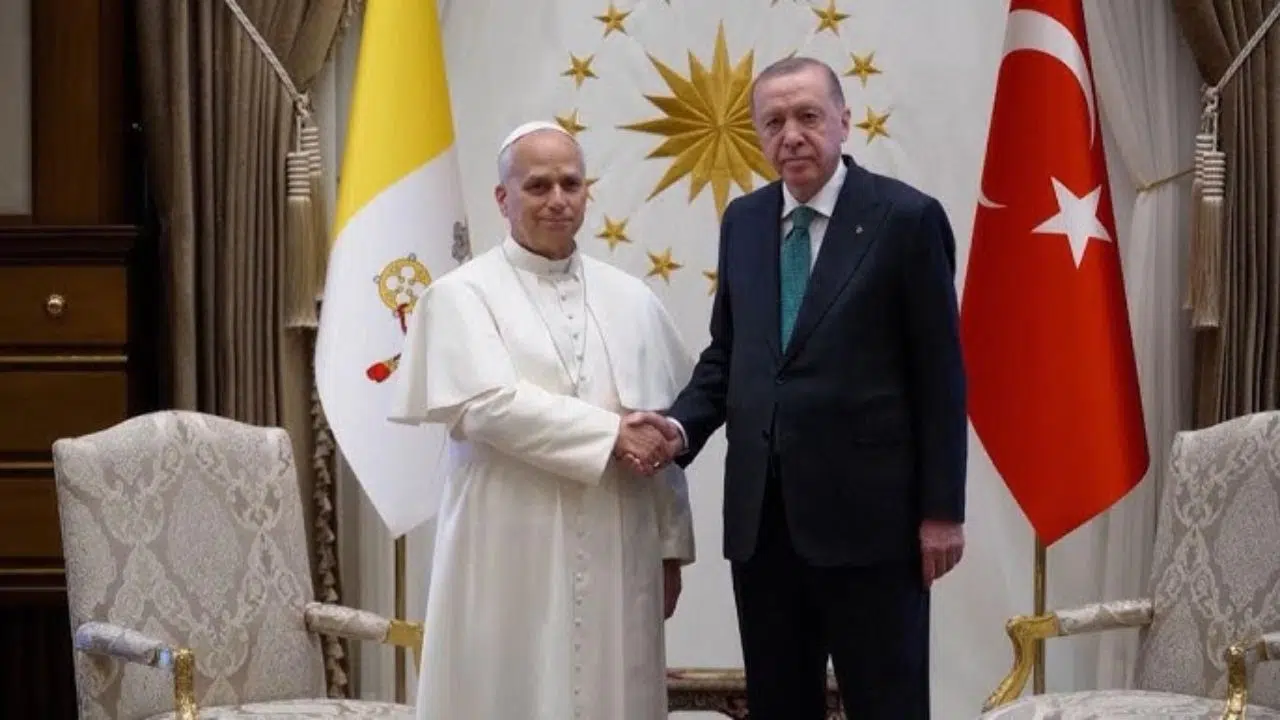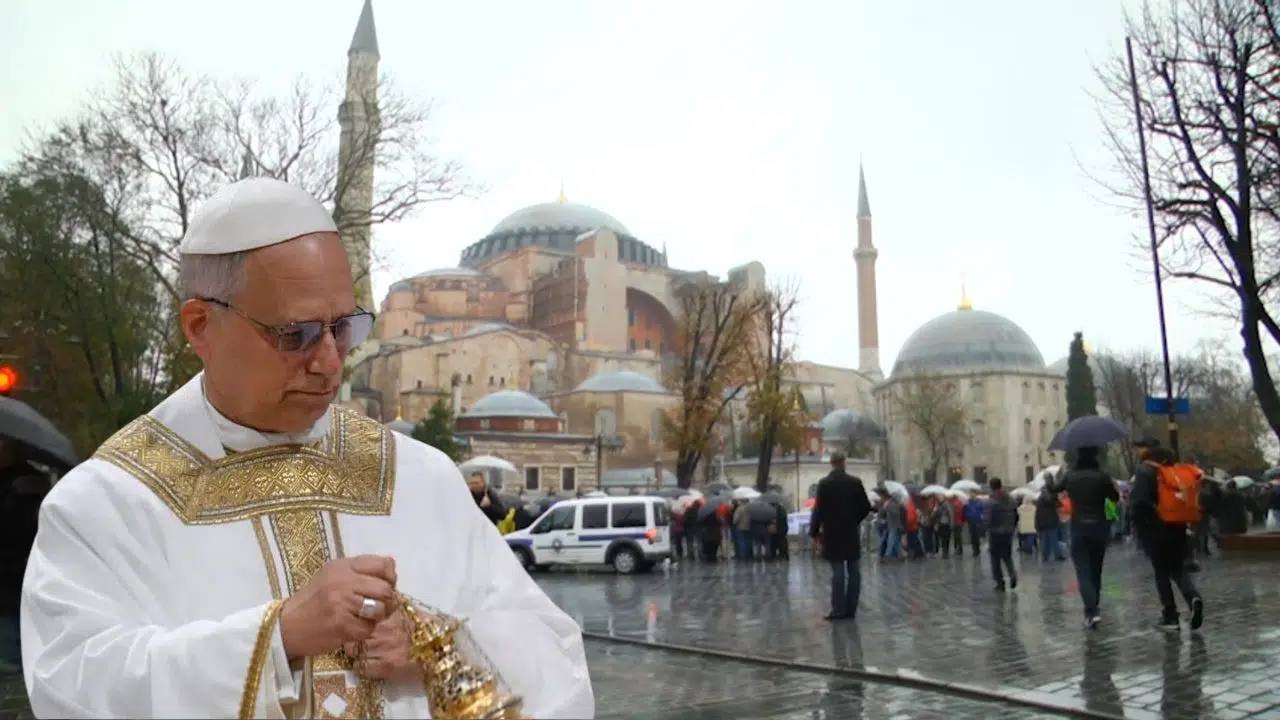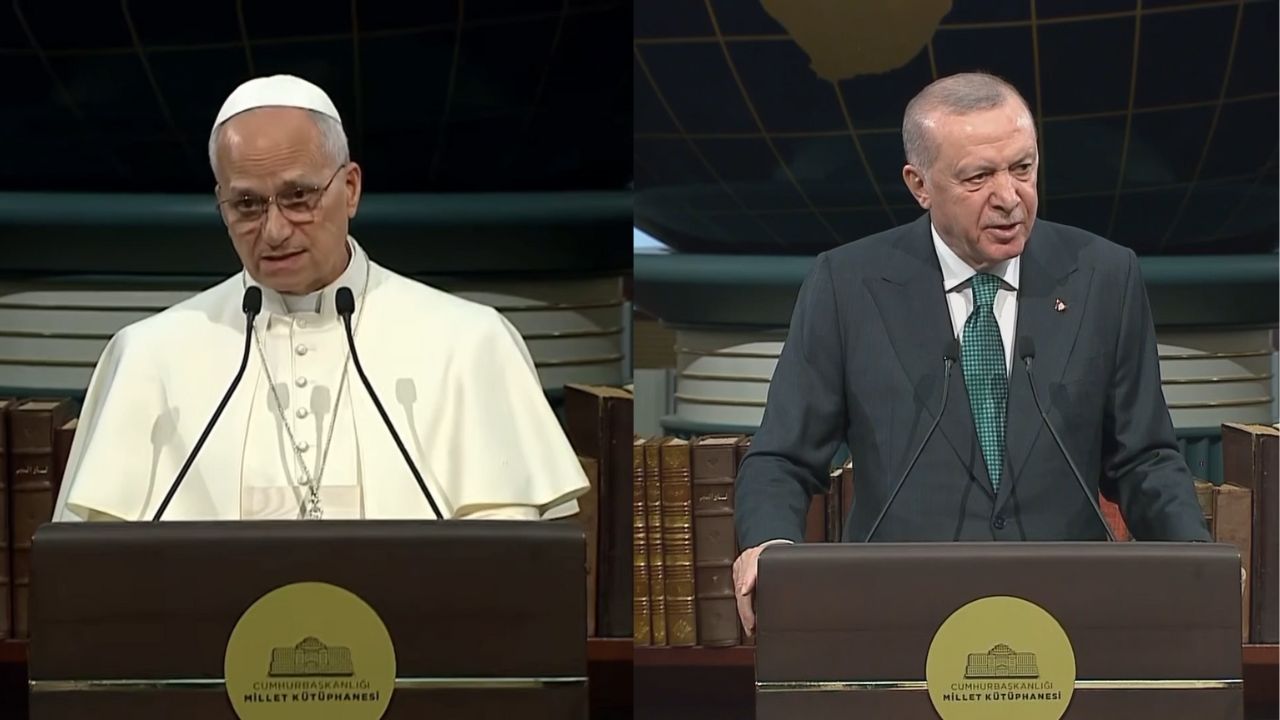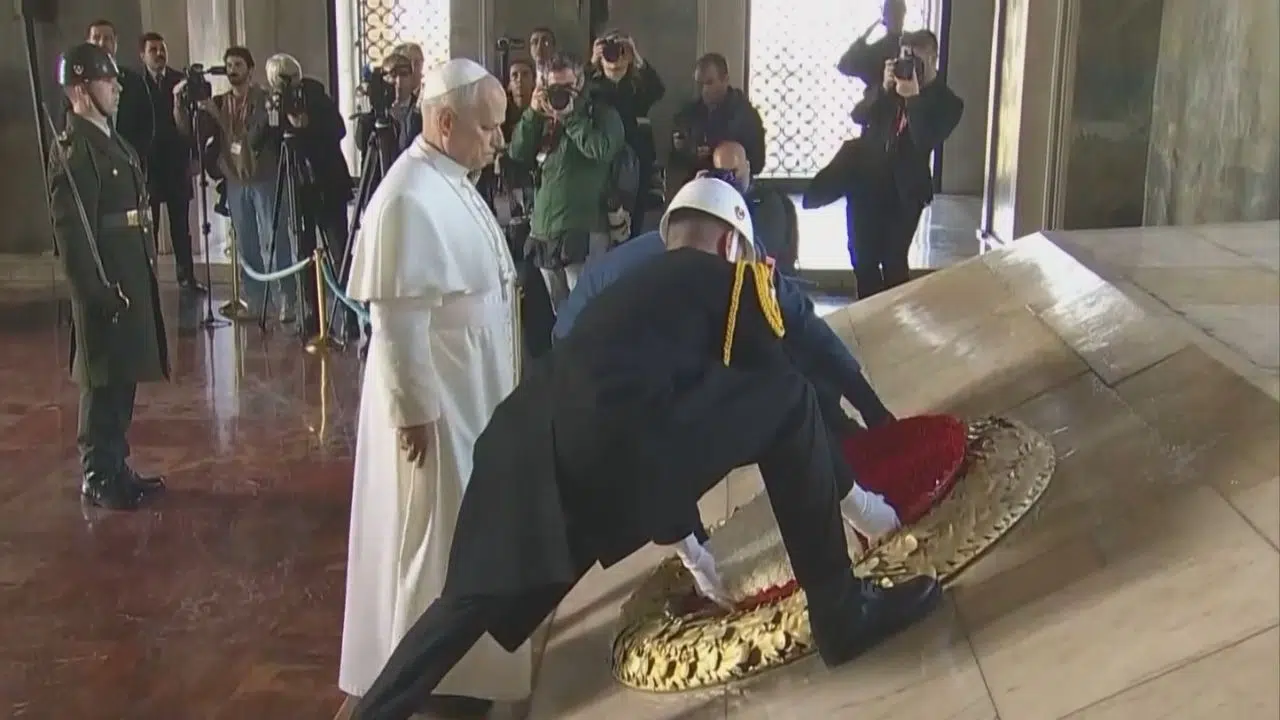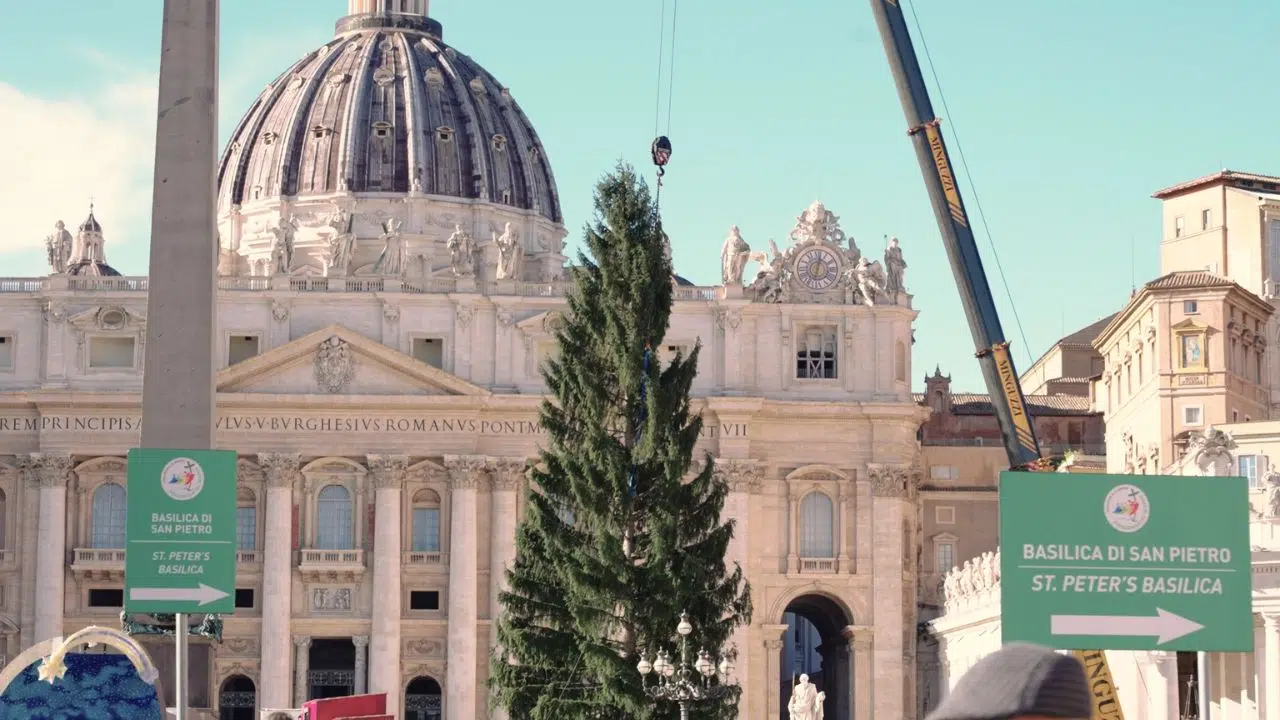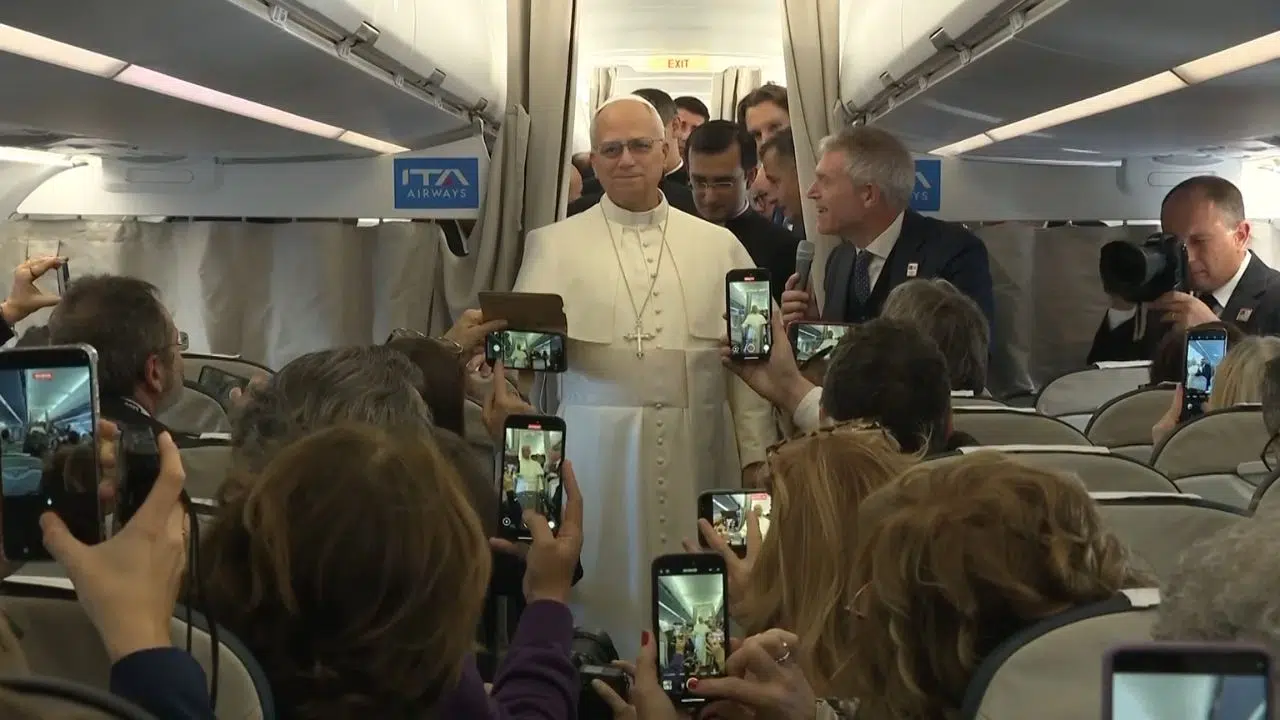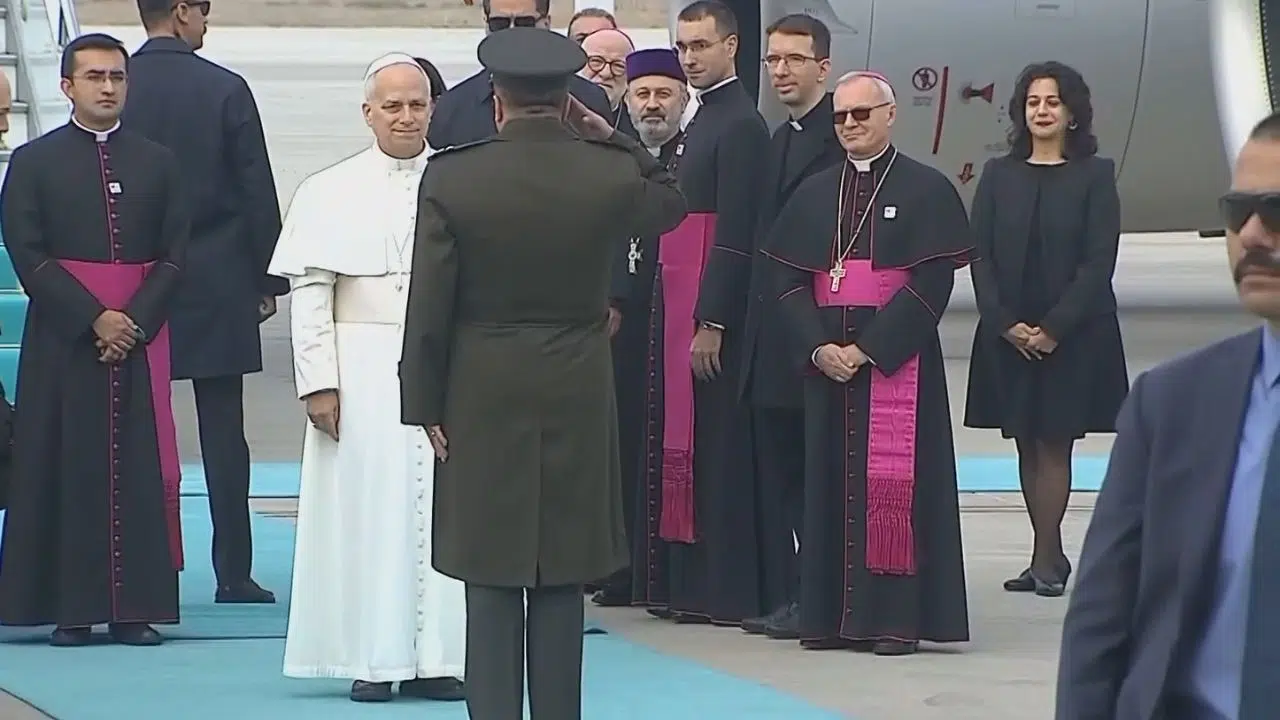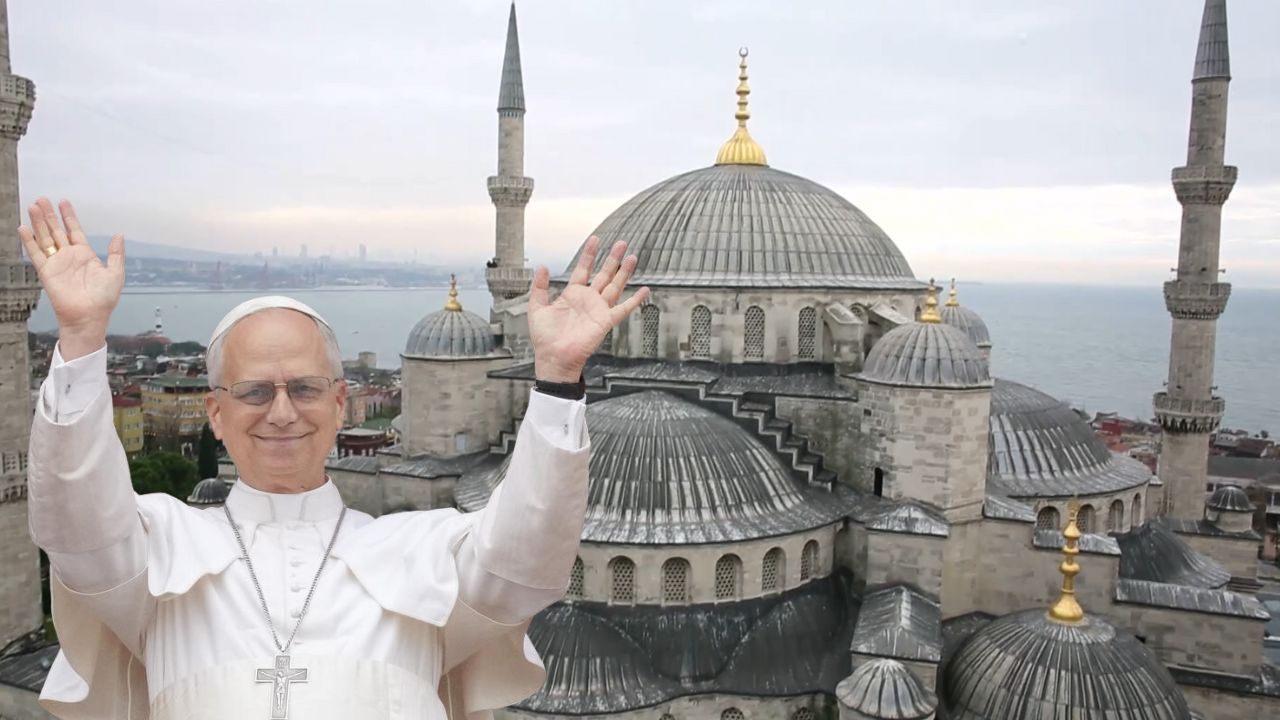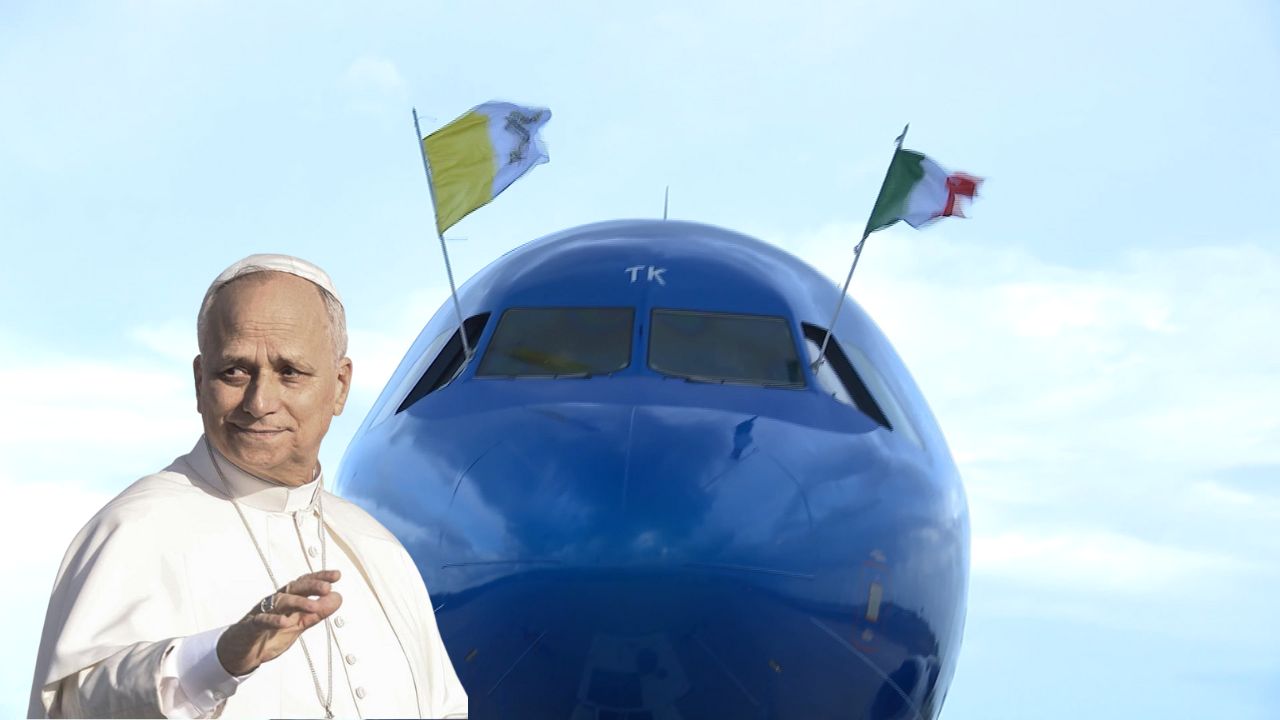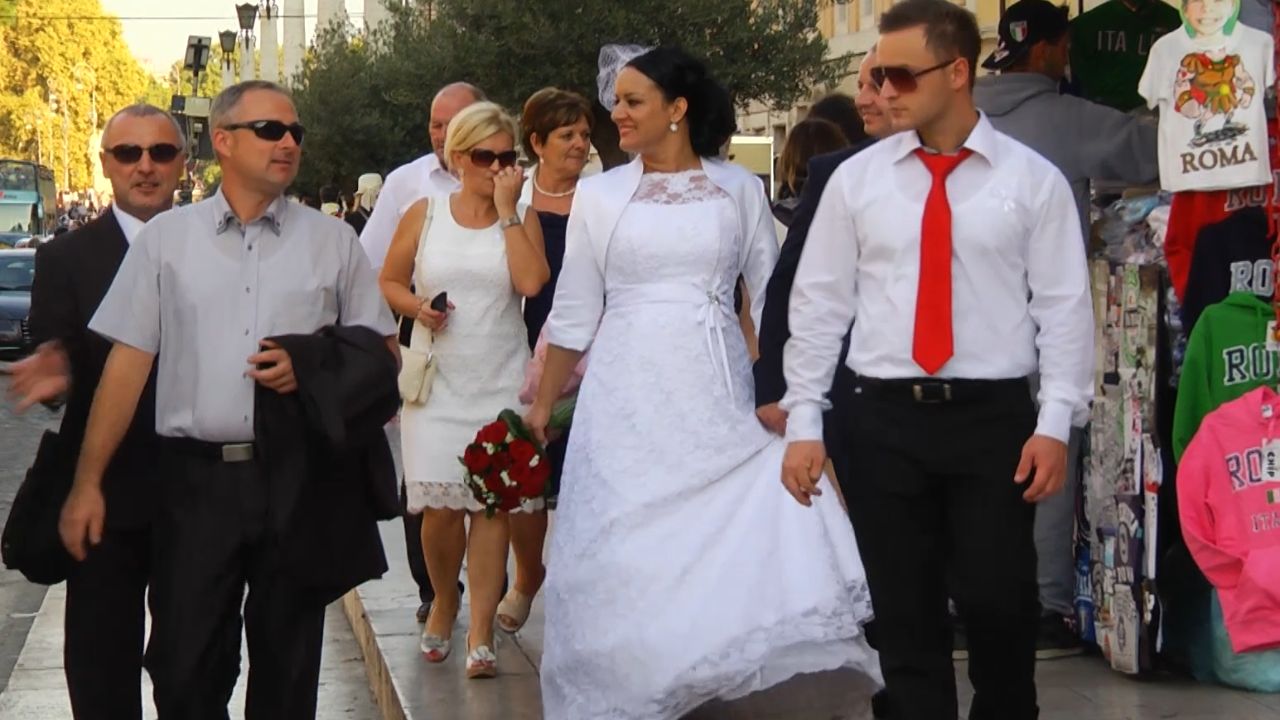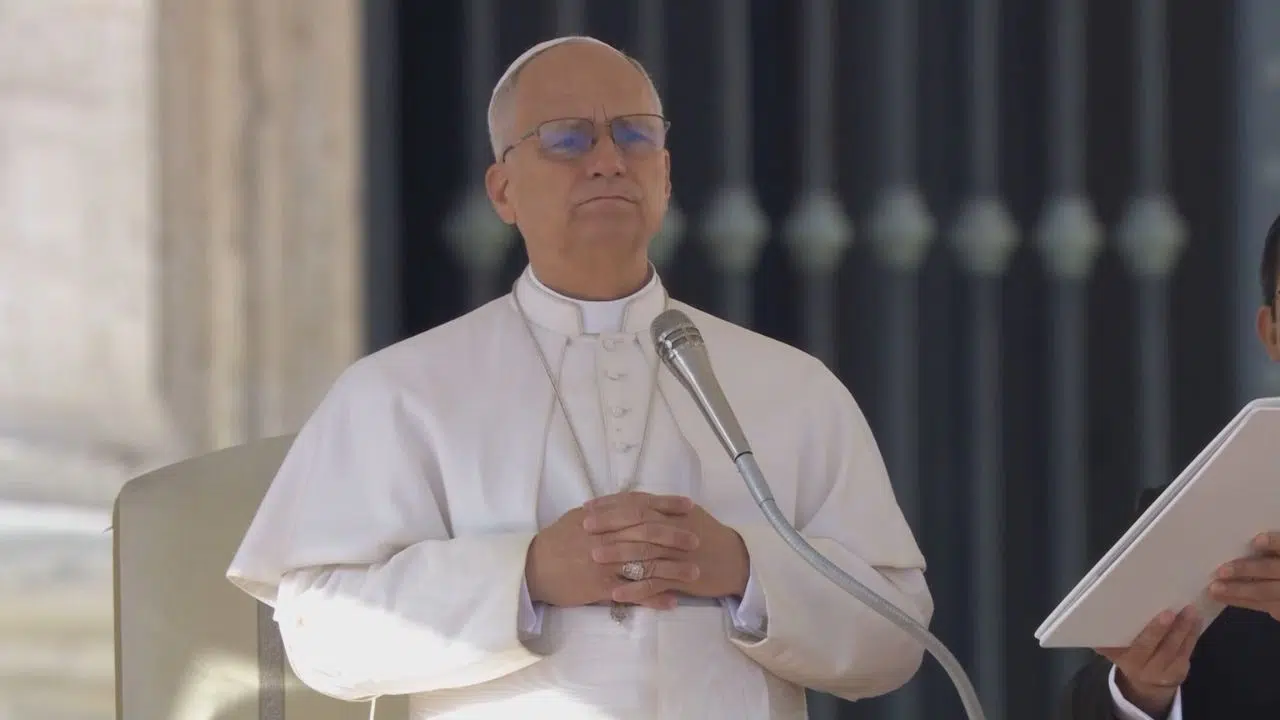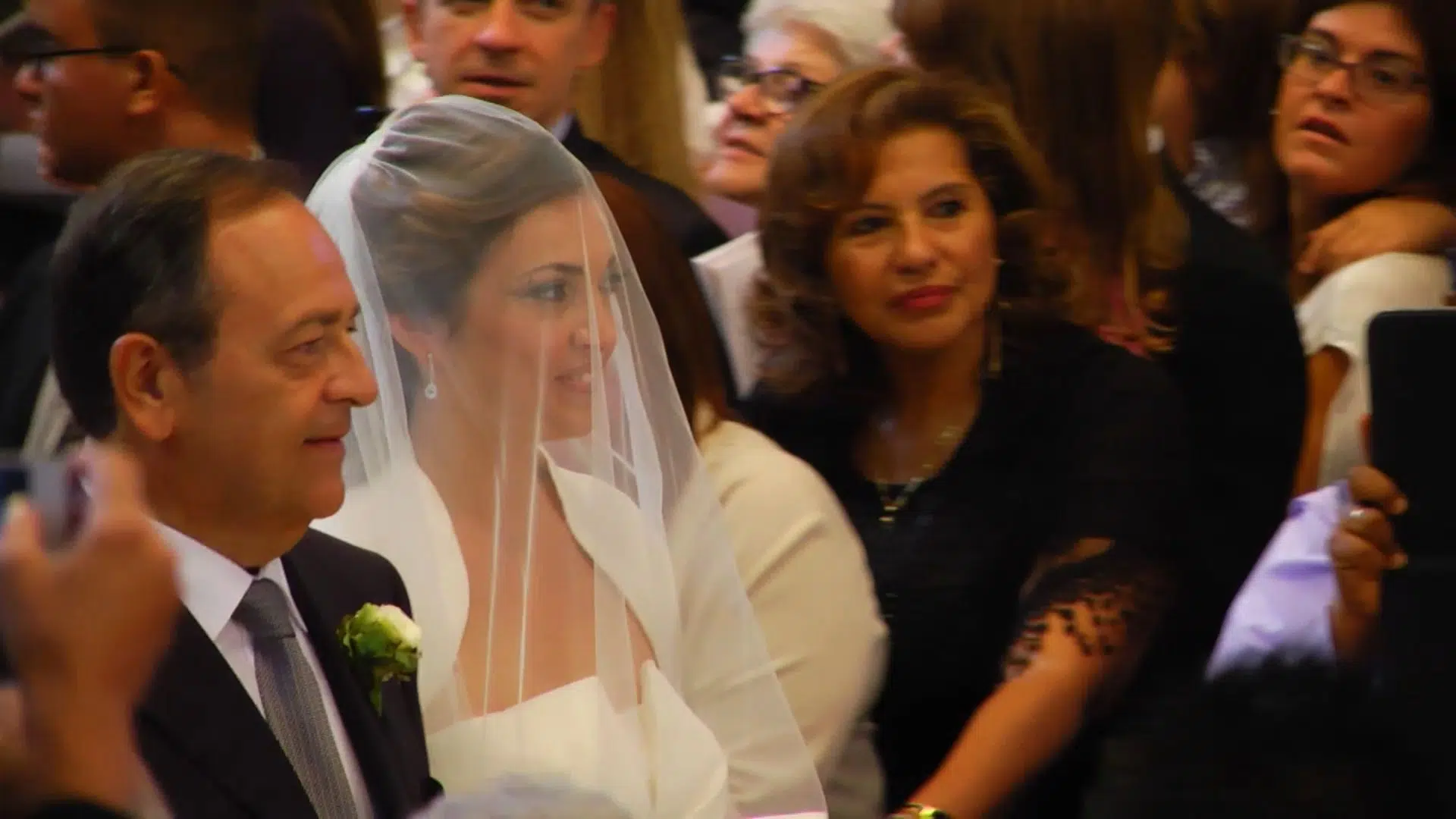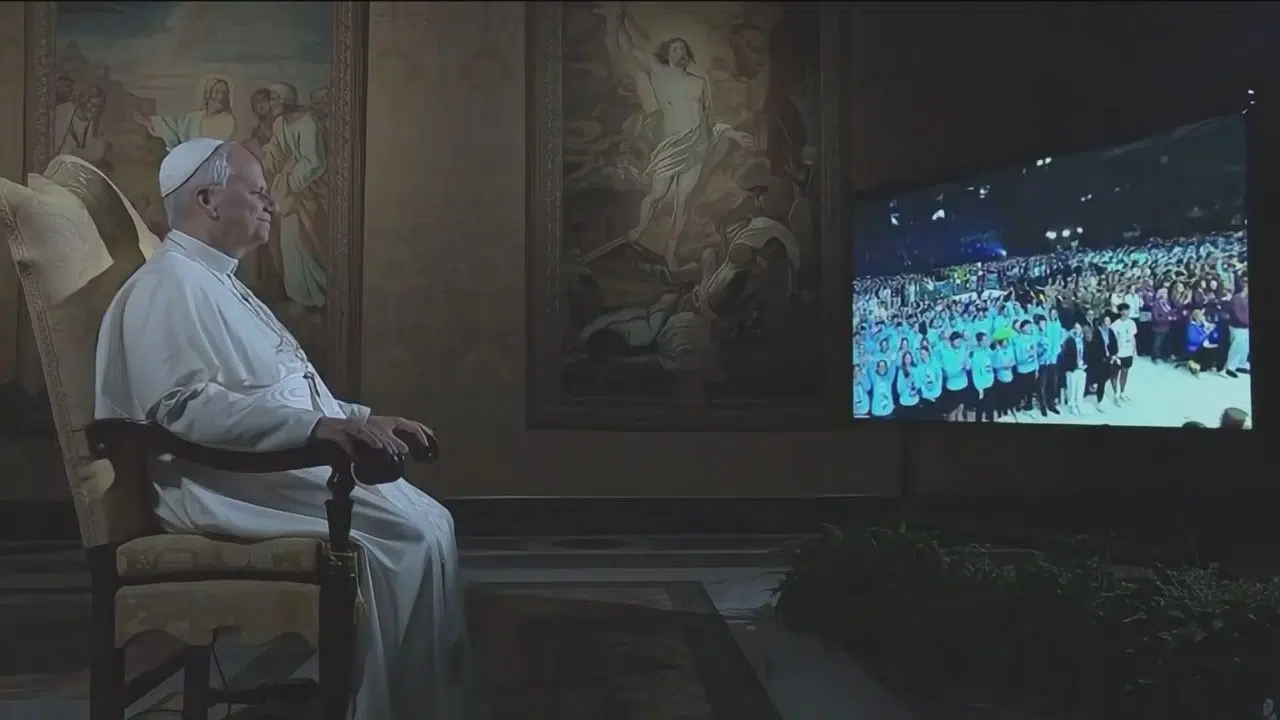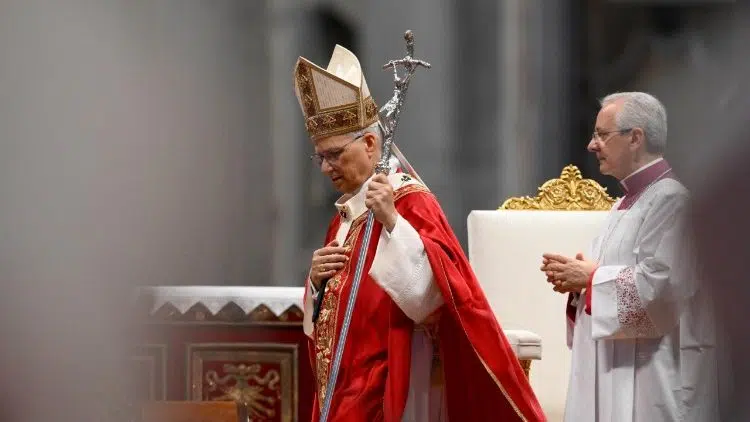Accustomed to celebrating the liturgy in the Roman Rite, thinking about mass in the Hispanic-Mozarabic Rite may seem unusual. However, nothing could be further from the truth. The Church, in different parts of the world, celebrates the Eucharist in various rites.
Fr. SALVADOR AGUILERA
Priest of the Primatial Archdiocese of Toledo
We have the East and the West. It’s one way of understanding the Catholic Church. And in the East, we have the Armenian, Coptic, Byzantine, Ethiopian rites…
Perhaps we forget that in the West we also have other rites. The most widespread is the Roman Rite, but for example, in northern Italy we have the Ambrosian Rite; in Toledo, the Hispanic-Mozarabic Rite; and in the Portuguese city of Braga, the Bracarense Rite.
This liturgy was born during a turbulent time for Spanish-Christians. Salvador Aguilera, an official of the Holy See and Consultant of the Dicastery for the Eastern Churches, explains where its name originated.
Fr. SALVADOR AGUILERA
Priest of the Primatial Archdiocese of Toledo
It is called 'Hispanic' because it originated on the Iberian Peninsula, and 'Mozarabic' because it comes from a word meaning 'musta-rab'—that is, 'among the Arabs'—in honor of so many Christians who sealed their faith with martyrdom during the invasion of the Iberian Peninsula.
The differences compared to the Roman Rite are significant. It is a much longer liturgy during which chants are very common and very often.
It’s not just the chanting that sets it apart from the Roman Rite. There are three characteristics that give it its unique character.
Fr. SALVADOR AGUILERA
Priest of the Primatial Archdiocese of Toledo
First, the Creed is recited every day, because one cannot receive Communion if not in communion with the Church. Second, as I told the Pope, the 'Our Father' is prayed by the priest, and to each of the seven petitions, the faithful respond Amen. Third, the Body of Christ is broken into nine pieces, invoking nine mysteries of the life of Christ.
This is the fifth time in history that this rite has been celebrated in the Vatican. The occasion? The Jubilee. In 1963, during the Second Vatican Council, this venerable rite was celebrated for the first time in St. Peter’s Basilica before the Council Fathers.
Later, in 1992, following the application of the conciliar reform principles to the liturgical books, Pope Saint John Paul II presided over a Eucharist in the Hispanic-Mozarabic Rite at the Altar of the Confession.
AM/CA
Trans. CRT

